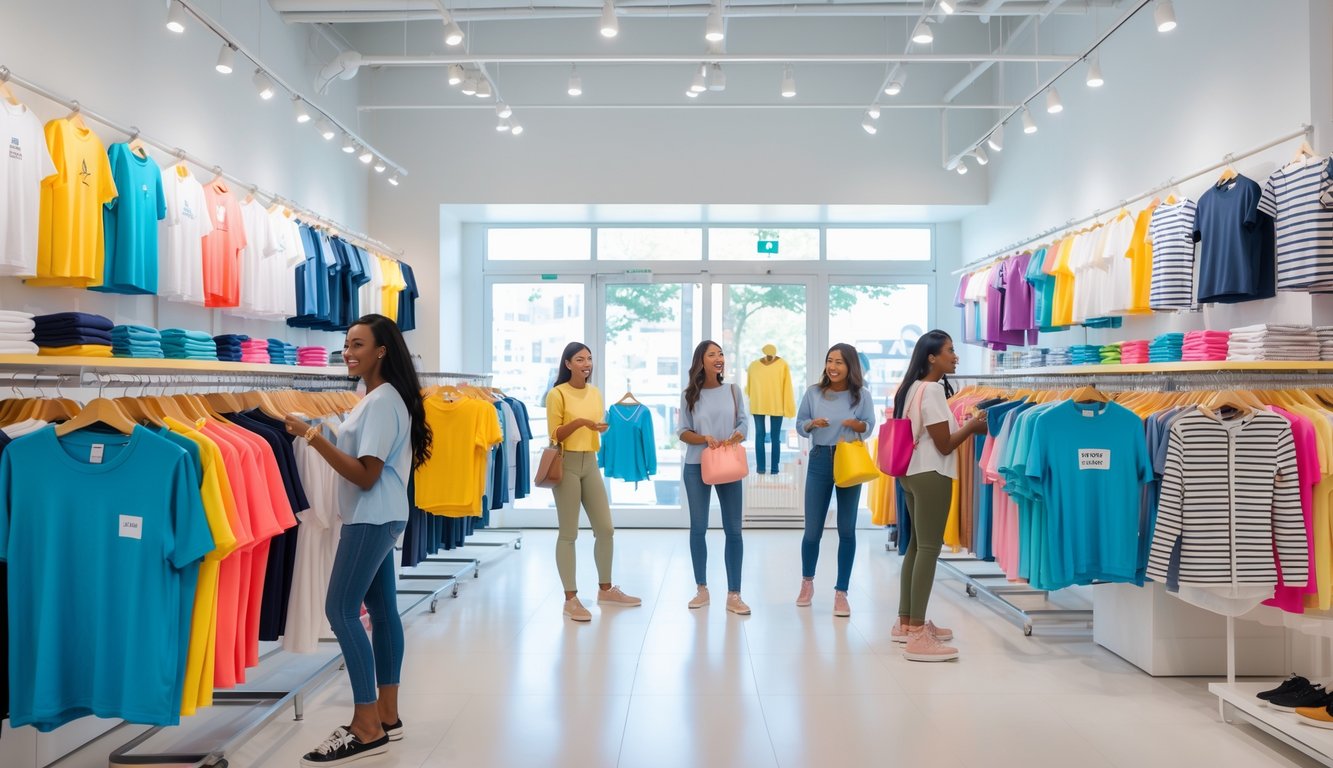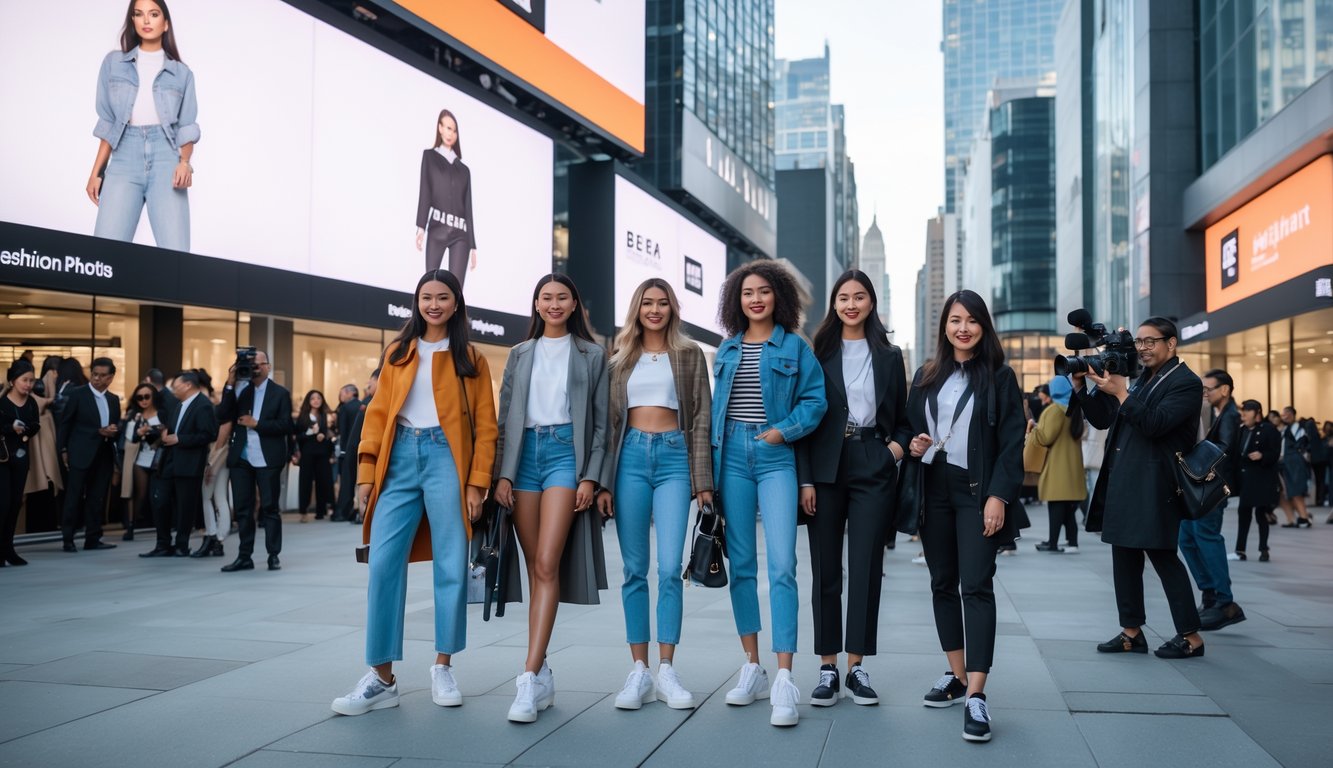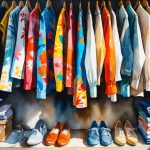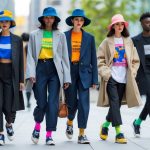
The Changing Face of Luxury Brands
Who guessed my basic linen button-down would outsell a Prada bag? Or that people would scroll right past a Gucci ad for a Uniqlo tee? The old “must-have” rules feel dead, and luxury brands are in panic mode.
Luxury Fashion’s Response to Demand Shifts
Every time I check fashion news, there’s a new take on sustainability—except my neighbor’s still flexing her Chanel bag, which cost less than a car repair back when she got it. Hermès, Gucci, Dior—they’re all chasing different things now because, get this, exclusivity isn’t even cool anymore.
That pandemic luxury boom? Gone. Brands are sweating, especially with China’s buyers dropping off. The luxury slowdown is real—sales are down, consumer moods are weird, and “affordable luxury” (whatever that means) is suddenly the thing. Bottega Veneta even slashed prices last season. That’s not normal.
Chanel, Dior, Saint Laurent tried to hype up their cruise shows with old-school European vibes, like nostalgia would save them. It didn’t. Meanwhile, what’s actually selling? Soft tees, basic jeans—stuff you can live in. Statista numbers (March 2025) showed everyday staples up 19%, designer bags tanking. So, yeah, “heritage” isn’t paying the bills.
Notable Brand Adaptations
Louis Vuitton and Loewe have started calling old stuff “timeless investments.” Sure. Some of these capsule drops feel like yard sales with branding. Prada went vintage in their ads, but their nylon totes are getting crushed by dupes and knockoffs, at least according to CEO Today. I’d believe it.
Heard from someone at Saint Laurent—now they score new lines on “can you wear this twice a week?” Like, there’s a checklist. Louis Vuitton’s head of merchandising basically said they’d ditch runways if it kept basket bags selling. Everyone’s yelling about sustainability—luxury brands now pitch “ethical” and “mindful”, but it feels like a PR patch, not a real shift.
My friend at Dior said their “quiet luxury” stuff bombed until they added some cheaper leather goods. So, yeah, shoppers figured out a $900 Loewe scarf and a $15 dupe both keep your neck warm. Who wouldn’t?
Celebrities and Influencers Driving the Trend
Here’s the thing: regular sweatshirts and $39 sneakers are selling out faster than half the stuff on the runway. Pharrell’s everywhere, Met Gala’s still trending, but TikTokers are moving more cargo pants than Paris designers move anything. Why? No clue. But the power’s shifted—big names, real-life fits, and random influencer tags just scrambled the whole game.
High-Profile Endorsements and Everyday Outfits
I’m pretty sure people buy what they see while doomscrolling at lunch, not what’s on a Milan runway. Hailey Bieber fixing Bella’s makeup in Paris? That went viral faster than the show itself. There’s actual proof influencers move trends in less time than it takes to get a coffee. Even “Barbiecore”—it didn’t blow up until someone famous wore it to the bodega.
The second Zendaya posts a grocery-run selfie or a mid-tier influencer tags a $20 tee, it’s gone. No one’s waiting for an editorial. They want to look like their feed, right now. Not sure why we trust a shoe pick more if the last post hit a million likes, but here we are.
Pharrell, John Galliano, and the Power of Influence
Pharrell’s Adidas slippers? Blink and they’re gone. People remember his hat more than most runway looks. Galliano’s runway shows are wild, but what actually shifts demand? Off-duty shots—hoodies, battered trainers, nothing fancy.
Met Gala buzz just won’t end, but what really sells is when a celeb posts a selfie in a $25 tee, sometimes before the brand even knows. Someone at a panel said “street style is the new couture.” Honestly, if a celeb wears it—even to fill up gas—it’s enough. I got chewed out for missing a trend, but how do you keep up? Gal Gadot’s gym shoes trend every third month. Is it the algorithm? Groupthink? No idea. But celebs and influencers keep breaking the system, whether they mean to or not.
Impact of Fashion Weeks and Major Events

Supposedly, Fashion Week headlines mean everyone runs out to buy expensive stuff—except nobody in my office swapped their jeans for a logo tee after a runway show. Paris, New York, Met Gala—it’s all noise, and then everyone’s back to posting Zara outfits. When did that happen?
Paris Fashion Week Highlights
Watched Paris Fashion Week—expected wild capes, maybe a ten-foot scarf, but it just turned into wearable layers and blazers. Editors hyped slouchy suits, but, off the record, everyone wanted the mesh ballet flats and cargo bags. The economic impact is huge, apparently, but the Zara “couture” knockoff was trending before the real show even finished. My friend tracked influencer posts and, no surprise, everyday style tags tripled designer ones after Dior.
It’s a running joke that the most copied looks are the boring ones. Men’s fashion? Forget it—last week’s “It-pant” was just a relaxed chino, not sequined anything. Editors wore department store loafers. If Paris is supposed to set the standard, why is Uniqlo everywhere instead of Celine?
Red Carpet vs. Real Life: A Style Comparison
Someone asked if the Met Gala ever inspired my work outfits—please, who’s wearing a feathered cape to Walgreens? There’s a gap: Zendaya in Dior gets posted, but my friends go wild over a $40 utility jacket. After every event, fast fashion stores see sales spike on “inspired by” basics, not designer pieces.
Experts say red carpet looks “trickle down,” but PR consultant Ava Mendes told me most people just want stuff you can wash twice and not care if you lose it. Fast fashion eats up runway ideas, but shoppers want comfort. High-end influence fizzles fast—sweatshirts, denim, sneakers outsold luxury accessories by Friday after Fashion Week.
Logic? None. Men’s fashion still pretends “runway to street” is a thing, but I see the same khaki overshirt on five dudes at the gym—no designer logos. Bet no one at my coffee shop can name the Met Gala theme, but they’ll copy a viral “everyday style” look in hours. No one’s wearing red carpet looks to live in; it’s all for the likes.



